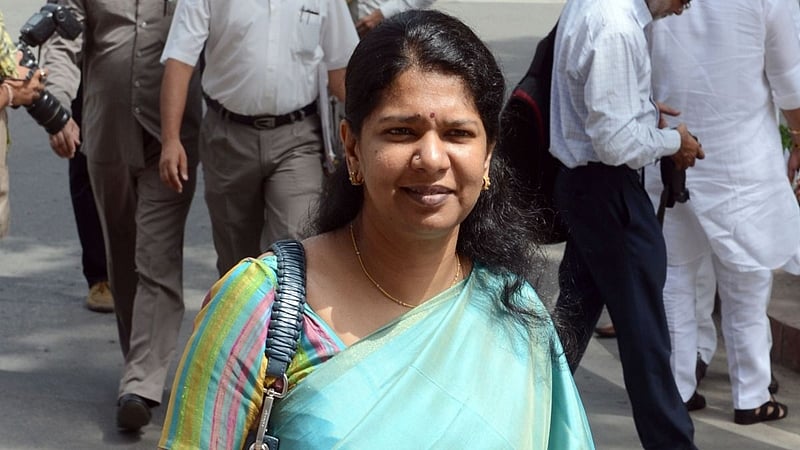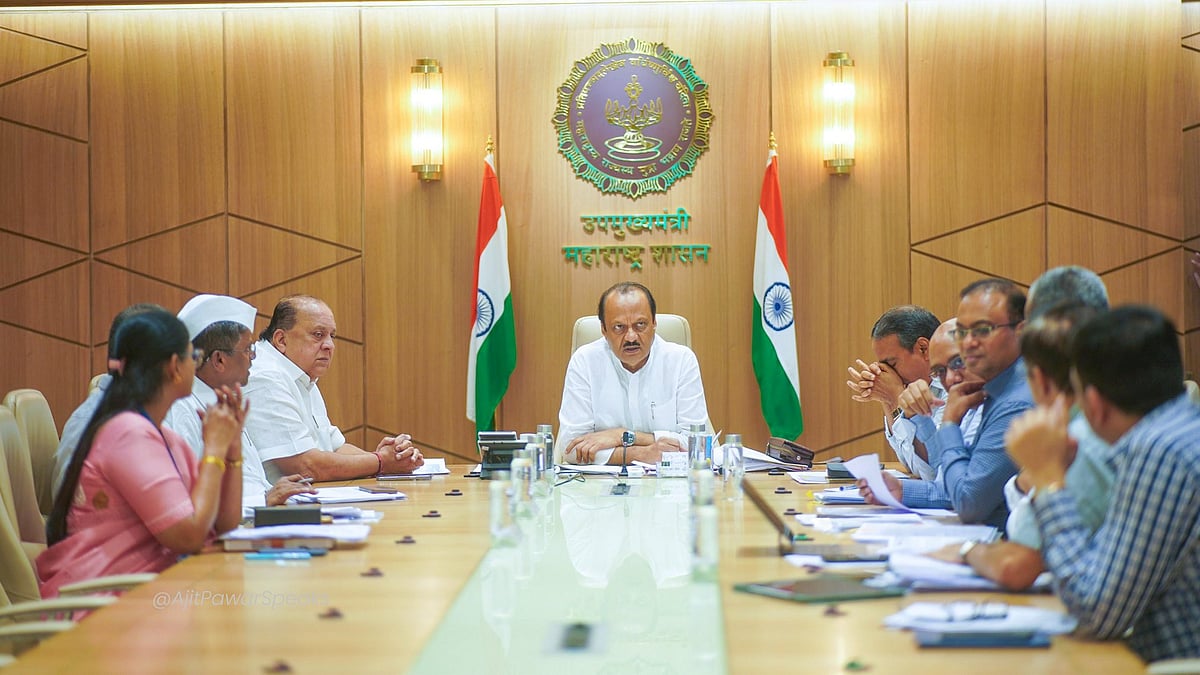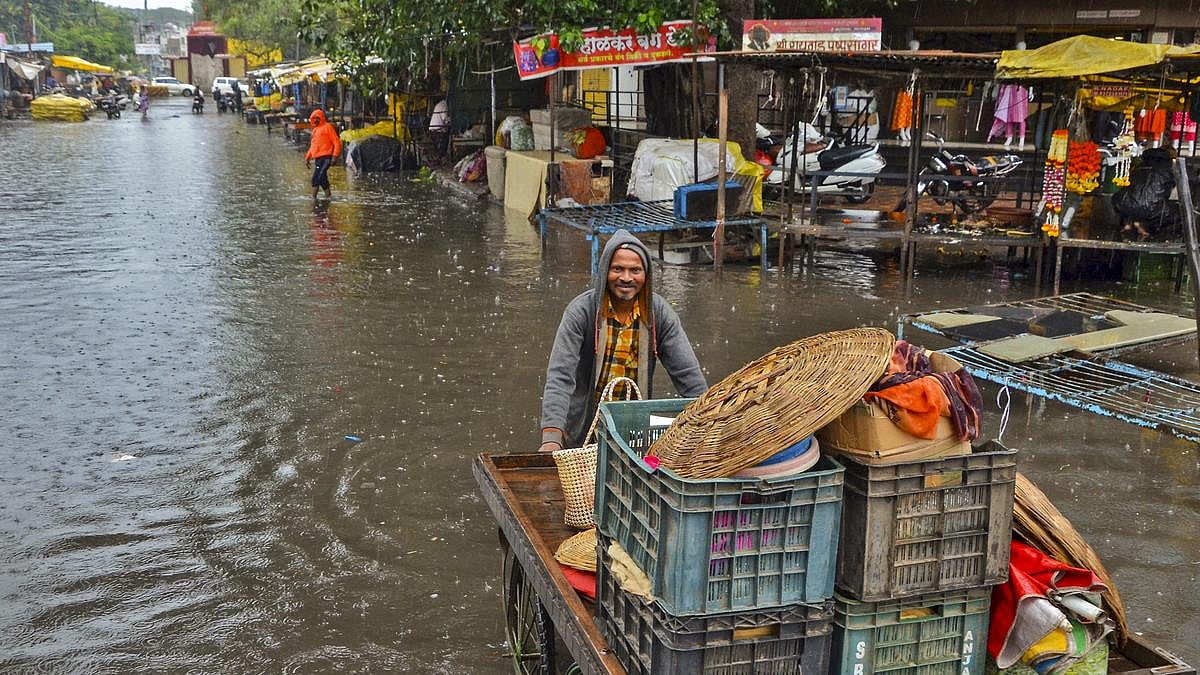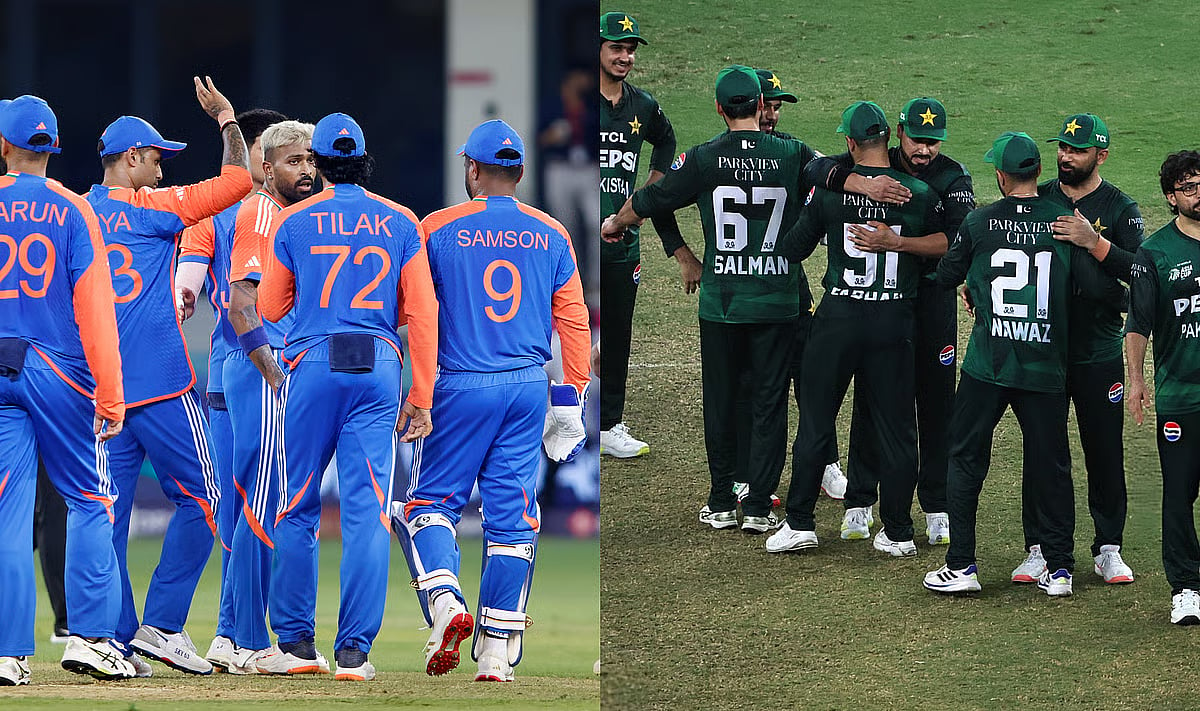The thought that we are about to outnumber the Chinese ought to occupy us. How many Indians are too many Indians? Are our numbers a boon or a bane? What will the demographic changes do to our society? Instead, our politicians are exploiting the myths about population explosion to further their divisive agenda.
Let’s look at the numbers, on the eve of World Population Day, to place the issue in perspective. India, with 138 crore people, is second only to China (144cr), going by Worldometer, based on the latest United Nations Population Division estimates.
Asian giants
It was a UN forecast in 2019 that said that India would overtake China by 2027. The two are, by far, the most populous countries and between them they account for one-third of humanity. To be accurate, the two Asian giants account for 36 per cent of the global population, which is 790cr or 7.9 billion or 7,900 million.
The third most populous country is the United States of America (33cr), while the fourth and fifth are Indonesia (27cr) and Pakistan (22cr) respectively. If Uttar Pradesh (24cr) were to be a country, it would pip Pakistan to the fifth place. UP would also rank above Brazil, Nigeria, Bangladesh, Russia and Mexico, the bottom half of the top ten, in descending order.
Three of the most preferred migration destinations for Indians are minuscule by comparison to India; Canada (3.8cr), Australia (2.5cr) and New Zealand (0.5cr). The population of Mumbai itself is two crores. And, the global Covid death toll is just 0.4 crores or 40 lakhs or four million.
1st billion after aeons
It took millions of years for the world's population to reach one billion in 1800 AD. But it doubled within just 100 years and tripled in the next century, hitting the six-billion mark in 1999. By 2011, it had reached seven billion. In 2030, it's expected to grow to around 8.5l billion, by 2050 it will be 9.7 billion and in 2100, it will be 10.9 billion.
The fastest doubling of the world population happened between 1950 and 1987; from 2.5 billion to 5 billion in just 37 years, the baby boom years.
Contrary to popular perception, the global population is not growing exponentially. For that to happen, the growth rate would have to be constant over three or more generations. The fact is that since 1962, the population growth has been slowing, and along with it, the doubling time.
Japan numbers decline
In fact, in many countries, it's in sharp decline. Japan’s population is projected to drop from 127 million in 2020 to 106 million in 2050, a 16 per cent decline. That of Italy is expected to drop from 61 million to 54 million, a 10 per cent fall. Likewise, Greece faces a drop of 13 per cent and Cuba of 10 per cent.
Coming back to India, while it is true that our population is growing, the pace of growth has reduced significantly. The 2011 census data showed a 3.9 percentage points' decline in growth in the 2001-2011 decade, from the previous 1991-2001 decade. India’s population is stabilising.
The reason behind this is India’s declining Total Fertility Rate or the number of children born to a woman. Countries need a fertility rate of about 2.1 births to maintain existing population sizes. Indian women in the 1950s averaged six births each. The number is now down to 2.2.
In fact, seven states -- Himachal Pradesh, West Bengal, Maharashtra, Punjab, Tamil Nadu, Kerala, Karnataka and Andhra Pradesh -- are already below the fertility rate of 2.1.
Global fall in fertility rates
By 2031, India’s Total Fertility Rate is expected to fall below two, something that’s also been confirmed by the Economic Survey 2018-’19. The only reason for positive population growth in the next two decades, the survey says, would be the population momentum and the continued rise in life expectancy.
At the current rate of growth, India's population is likely to peak by 2047, at about 1.61 billion and then decline to 1.03 billion by 2100.
Globally, fertility rates have fallen dramatically; from 4.5 in 1970 to 2.5 children per woman. Paul Morland, author of `The Human Tide: How Population Shaped the Modern World’, says much of the world is in a “fertility free-fall”. This has been made possible largely because of the improvement in the health and education levels of women.
Now, countries such as Poland have been paying £100 per month per child since 2016 and have strict anti-abortion laws. South Korea has been attempting to revive its precarious fertility rate through tax incentives, housing benefits and even special holidays for baby-making.
Voter manipulation ploy
However, the fear of rapid population in a neighboring country/continent or in specific communities within the country is used by politicians across the world to manipulate voters. Former US President Donald Trump sold the fear that low American population would ultimately lead to a takeover by immigrants. Migration became the crucial issue of public debate on Brexit.
In his 2019 Independence Day speech, PM Narendra Modi marked out “population explosion” as a national challenge and called for implementation of population control policies. Significantly, he equated having fewer children with an act of patriotism. His references left no doubt as to which community he was blaming.
Census figures don’t support his contention. According to Census 2011, the growth rate of the Muslim population witnessed a 5.3 per cent drop compared to the previous decade whereas the growth rate of the Hindu population fell by 3.2 per cent in the same period.
Education matters
The fact is that religion has little to do with fertility levels. Muslim-dominated countries like Indonesia and Bangladesh, have out-performed India in terms of falling birth rates. Even within India, the fertility rates among Muslims in Kerala is lower than the fertility rates among Hindus in Bihar.
States like Kerala, Tamil Nadu, and Andhra Pradesh have proved that it is not religion that matters. What has made the difference is education, employment opportunities and accessibility of contraceptives.
Another reason why Modi’s alarmism is surprising is that it comes at a time when even China has opted for an overhaul of its earlier one-child policy. His focus should be the profound economic and social impacts of a slowing population growth and the consequent changes in age structure.
India has entered a demographic sweet spot that will continue for another three decades; half of India’s population is under 29 years of age. To encash this demographic dividend, we have to train and employ this mass of youngsters.
India is ageing fast
In another three decades when these youngsters reach 60 years of age, we will have a sizable population of senior citizens. According to Prasun Chatterjee of the Department of Geriatrics, All India Institute of Medical Sciences, India is ageing much faster than previously thought and is expected to have nearly 20 per cent of the world’s 60-plus individuals by 2050, with the largest number of older adults in the world.
Another impact is growing urbanisation; by 2030, 41 per cent of Indians will be living in towns and cities.
In the developed world, the population debate centres around climate change, biodiversity loss, the degradation of the biosphere etc. Environmentalists, ecologists, and physical scientists generally support the view that rapid population growth is harmful, but economists remain largely unconvinced.
This brings us to the theme of World Population Day-2021: ‘Rights and choices are the answer: Whether baby boom or bust, the solution to shifting fertility rates lies in prioritising the reproductive health and rights of all people.’
The writer is an independent journalist based in Mumbai. He welcomes feedback on anilsinghjournalist@gmail.com










